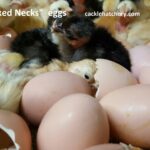
Turken “Naked Neck” Hatching Eggs – 12 for $61.68 24 for $101.28 FREE SHIPPING
Seasonal/Shipped Mid February thru June 6th
Continue Reading
Turken “Naked Neck” Hatching Eggs – 12 for $61.68 24 for $101.28 FREE SHIPPING
Seasonal/Shipped Mid February thru June 6th
Continue Reading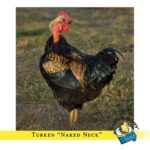
Not Sexed = 3
Female = 3
Male = 1
Total of 3 birds to ship
Seasonal/Shipped Feb thru mid August
Continue ReadingNot Sexed Turken / Naked Neck
Continue ReadingFemale Turken / Naked Neck
Continue ReadingMale Turken / Naked Neck
Continue Reading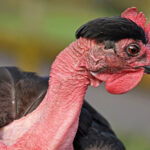
Fielding questions from customers is one of the pleasures enjoyed by our team here at Cackle Hatchery®. Below are the 12 most answered questions about chicken characteristics. Where do chickens come from? Chickens descended from wild jungle fowl, domesticated thousands of years ago. The exact origin of modern chickens is a much studied subject that […]
Continue ReadingEnjoy your free downloadable gift for updating your dealer listing with us here at Cackle Hatchery! Click Here to Download As an added bonus after downloading feel free to print any Cackle Hatchery sales sheets for poultry you may need instore: PRINTABLE CHICK SALES SHEETS Tips for printing: Make sure your printer settings are set […]
Continue Reading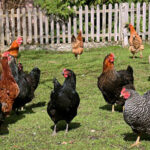
For exhibition purposes, large chicken breeds recognized by the American Poultry Association (APA) are organized into six classes. Most of the classes represent the geographic region where the breeds originated or were developed. Knowing a chicken’s APA class lets you infer a number of things about the breed, including temperament, laying ability, climate tolerance, and […]
Continue Reading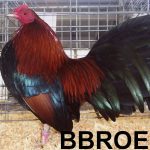
Chicken keepers often use abbreviations and assume their listeners know what they mean. Here are some of the more common chicken breed abbreviations, along with abbreviations for variety features and those used for show that may be puzzling when you see them in poultry publications, forums, and websites. Note that abbreviations may be combined to […]
Continue Reading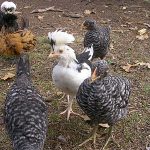
Like a lot of chicken keepers, you might want to include a variety of breeds in your backyard flock. Maybe you look forward to gathering baskets full of colorful eggs. Or, rather than all one breed of the same color and type, you prefer a more interesting variety of colors, sizes, and personalities. Or maybe […]
Continue Reading